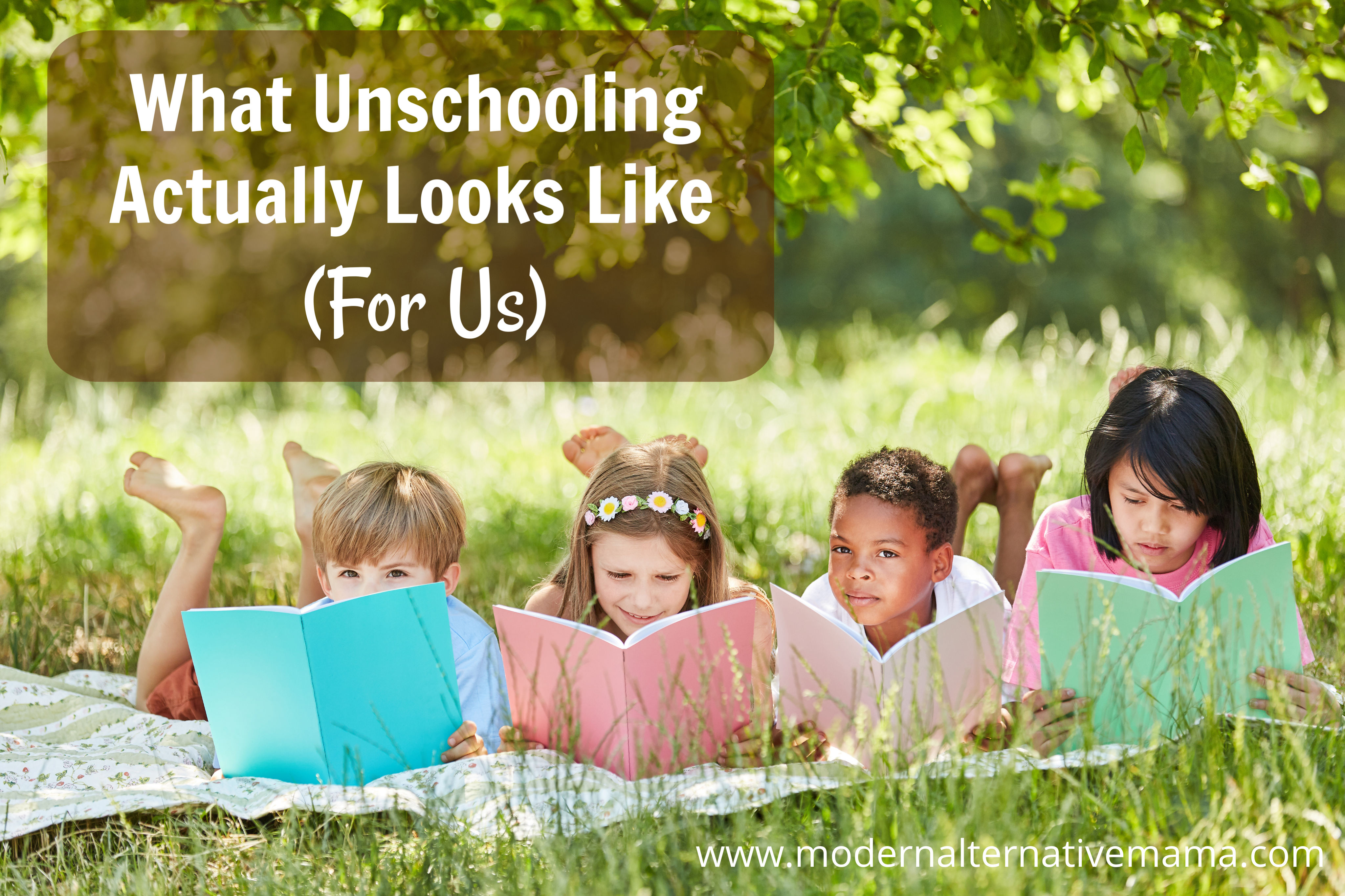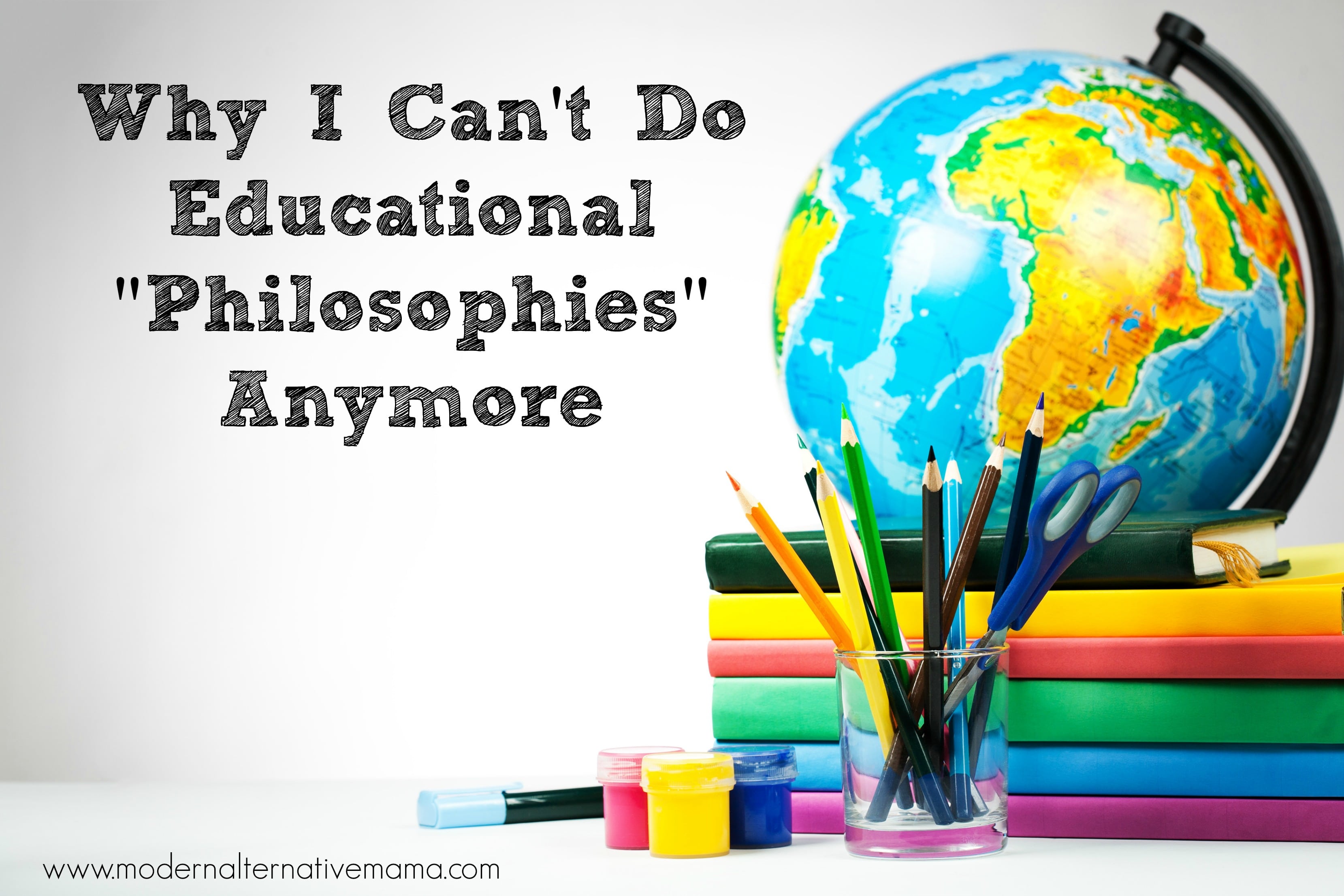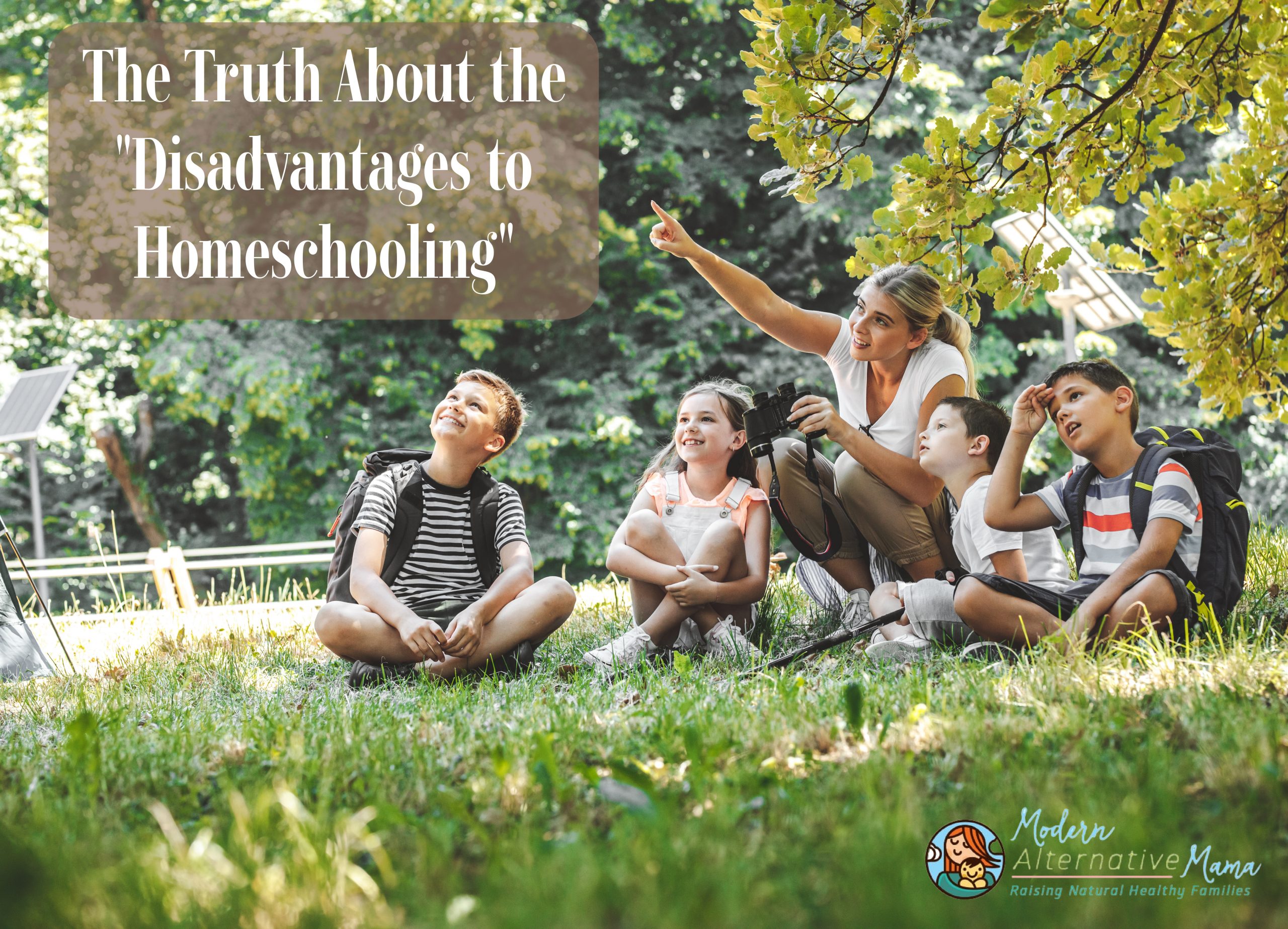By Danielle, contributing writer
Our current public school system is not cutting it. Between the failing grades and bullying, parents are pulling their children out at an ever increasing rate. Homeschooling and alternative schools are on the rise, and for good reason.
As states pass earlier and earlier mandatory age of education laws (Hillary Clinton has said the ideal age of mandatory enrollment is 3), science and research is demonstrating that children should wait longer to begin a formal education. Most studies show that children should actually not begin school until age 7. These studies actually have higher grades and better behavior long term, and even have more successful college and work careers.
That doesn’t mean a child receives no education. Children live in a rich environment with their parents, siblings, community and nature receive invaluable education just by living daily life. From babycarrying to explaining to toddlers everyday tasks, attached parents teach their child beyond their ABC’s and 123’s, but how to act in society and live life (like how to boil water!).
What is Waldorf education?
Waldorf education is based on anthroposophy and was established by Rudolf Steiner and Emil Molt. “At the heart of Anthroposophy is the belief that humanity has the wisdom to transform itself and the world, through one’s own spiritual development,” according to WaldorfEducation.org. So, Waldorf education seeks to bring out that unique calling and development in each child.
Waldorf focuses on imaginary and fantasy play. It is similar to Montessori in that it emphasizes learning through imitation and by doing. Waldorf schooling encourages studying the arts and nature, and discourages technology and media until age 14.
There are three phases. The first stage is the primary grade or early childhood education focuses on hands-on activity and play. The second stage or elementary education teaches on artistic expression and socializing. The third phase, or secondary education, teaches on emphatic understanding and critical reasoning.
There are Waldorf schools, however, a Waldorf learning style fits in well with a homeschool education. In the schools as well as at home, the same teacher moves with the students through the grades. There are a number of Waldorf preschools in the United States.
Grading is done through a narrative assessment at the end of each year, though grades are given in high school for transcript purposes.
Why you should consider a Waldorf education
Not only are Waldorf students more successful in their studies, they also are behaviorally more peaceful and comfortable in their own skin. Child-focused rather than state testing-focused education is obviously healthier for every student.
A Waldorf school or Waldorf home education will set a child up for a career in a vocation that is truly their calling — rather than just a good money-making outlet. Their education will be well-rounded, with a much greater emphasis on the arts in a more stable teaching environment. Ample access to nature and biological science will benefit the child immensely.
If you are considering going Waldorf, check out the Waldorf schools in your area or ask around your homeschool groups if you can shadow a parent who Waldorf homeschools. The beauty of a Waldorf education is that it is simple and classic – and is not one size fits all. You can create your own curriculum, but here is a free Waldorf curriculum. A simple jump on Pinterest or Etsy will give you more creative ideas that you have time (or money) for.
Choosing Waldorf is really rather simple — its approach brings out the specific child’s unique abilities and inspires the child to lifelong learning.
Isn’t that the goal of education?







